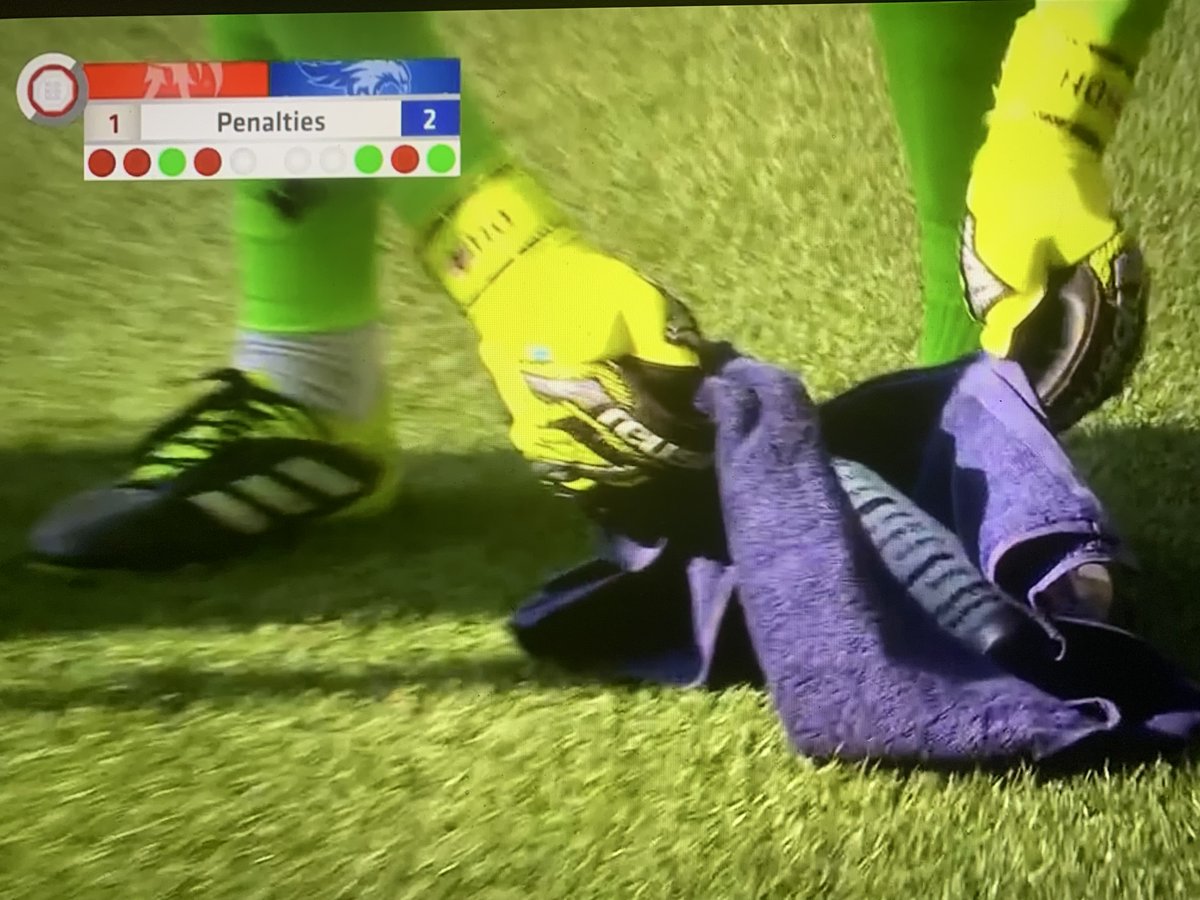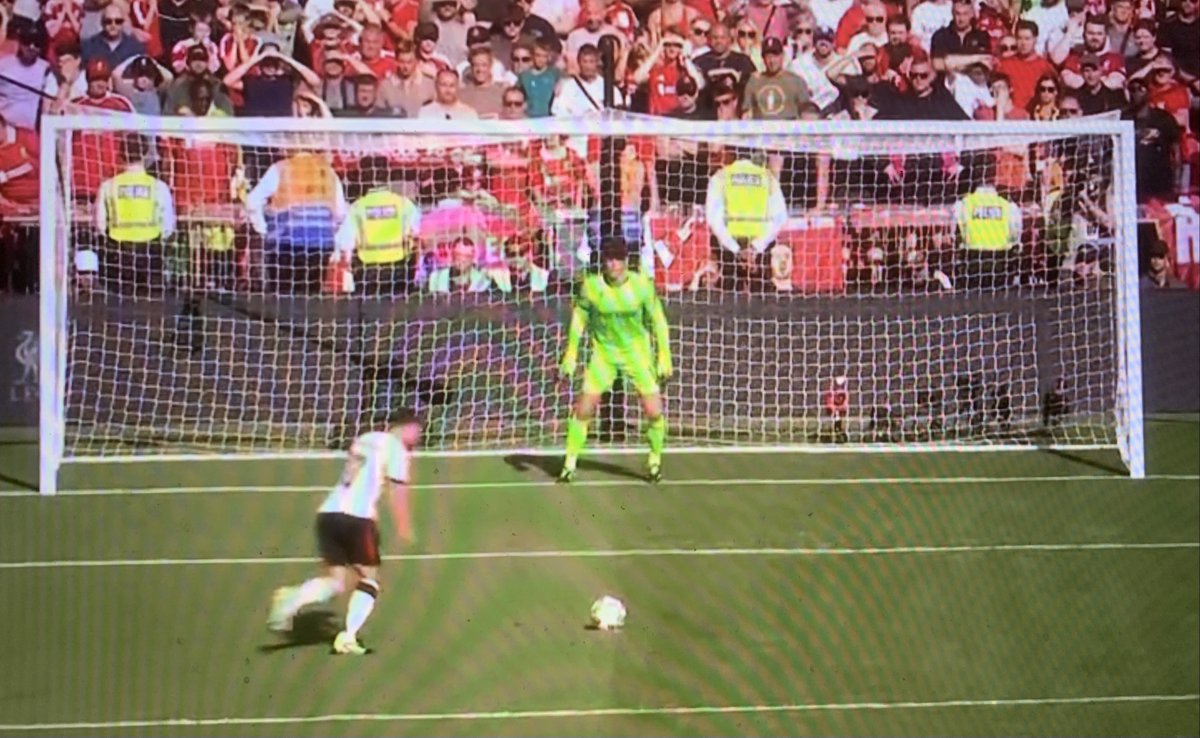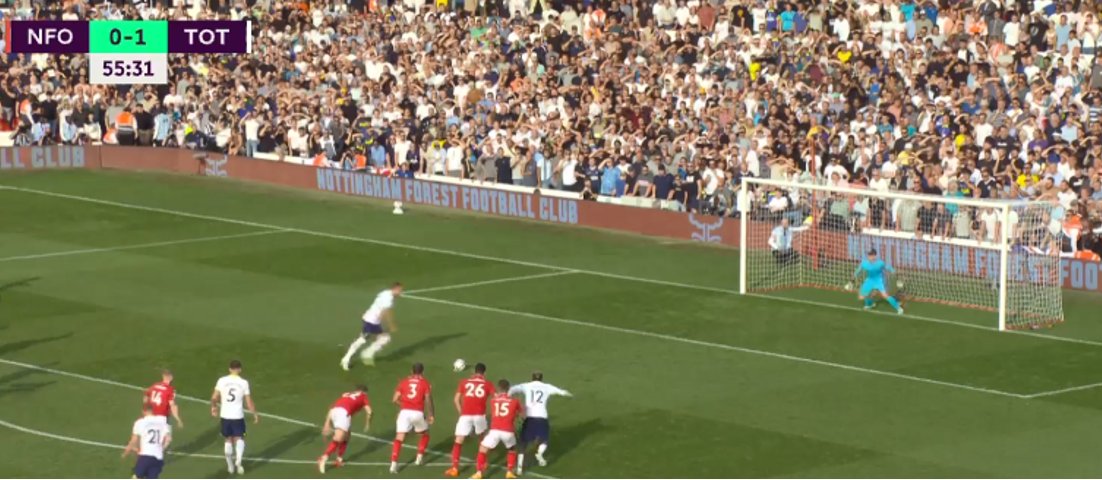Aston Villa goalkeeper Emiliano Martinez is currently football’s number 1 penalty shooter disruptor. How? Here’s a brief historical & scientific analysis of 5 goalkeeper disruption techniques for penalty kicks, ending with Martinez’ “master class” last Saturday. Thread (1/10). 

(1) Visual distraction technique. Goalkeepers sometimes engage in erratic movements to disturb the visual field of the shooter, command attention, and create disorder. Study shows players are 10% less likely to score when faced with distraction tandfonline.com/doi/full/10.10… (2/10) 

Historically, visual distraction has been creatively and successfully used on many big occasions: Grobbelar’s wobbly knees (A), Dudek on the line (B), Krul warming up in the 18-yard box (C), & Everson taking a reverse knee (D). Key is being asymmetrical or unpredictable. (3/10) 

(2) Physical confrontation technique. When goalkeepers shamelessly take up position at the penalty mark. It’s direct, intended to intimidate, and difficult to ignore. Can emotionally destabilize and cognitively distract. Richardo (A), van Breukelen (B) and Krul (C). (4/10) 

(3) Verbal confrontation technique. Some goalkeepers engage in old school trash talk, by verbally addressing, insulting and/or humiliating the shooter. In this summer's no-crowd, Copa America semi final, Martinez' words were easily identified. Colombia missed 3 shots. (5/10) 

(4) Delaying technique. A more subtle, indirect technique is to simply take time getting ready. In our study, if the shooter is forced to wait for the referee signal (because the goalkeeper takes time), the probability of a goal drops by 20-30%. sciencedirect.com/science/articl… (6/10) 

Edwin van der Sar was brilliant at delaying. Keeping his towel by the corner flag, taking forever to get into the goal, forcing the shooter to wait. This way, he indirectly takes the initiative, disrupts the shooter’s rhythm, and forces on him extra seconds of rumination. (7/10) 

(5) Social manipulation technique. A truly Machiavellian ploy. When United gets the overtime penalty against Villa, Martinez is not addressing the penalty taker, Bruno Fernandes. Rather, he confronts Bruno’s TEAMMATE Cristiano Ronaldo saying: «HE should take the penalty». (8/10) 

This plays on the emerging rivalry between Bruno and Cristiano, providing an oblique nudge to Bruno that if he misses, Cristiano is the next penalty taker for United. Bruno missed a penalty for the first time in almost a year (12 straight goals), and Villa wins the game. (9/10) 

There is a moral question about these techniques, which should be addressed by governing bodies and referees. For now, disruption techniques are effective. Goalkeepers need to employ such techniques skillfully & shooters need to use effective counter measures. (10/10) 

• • •
Missing some Tweet in this thread? You can try to
force a refresh
























